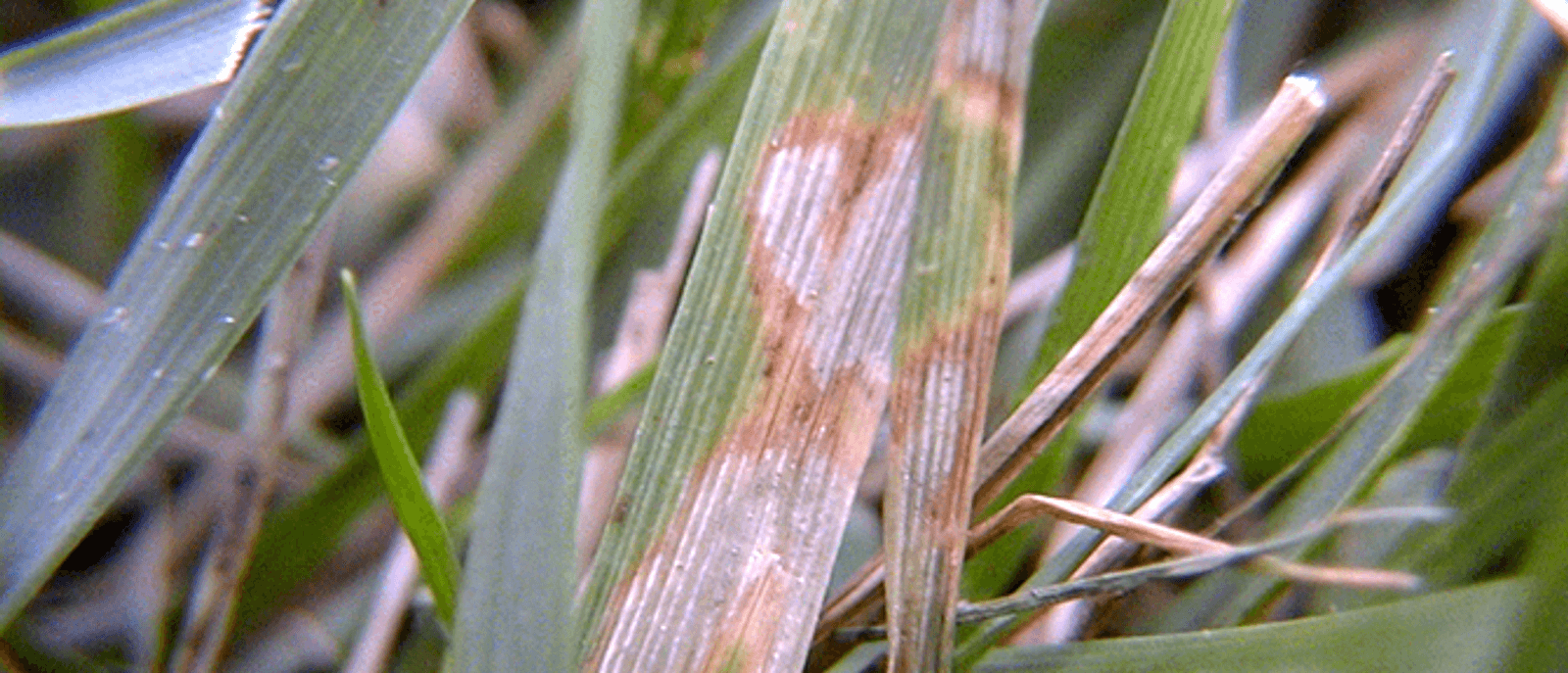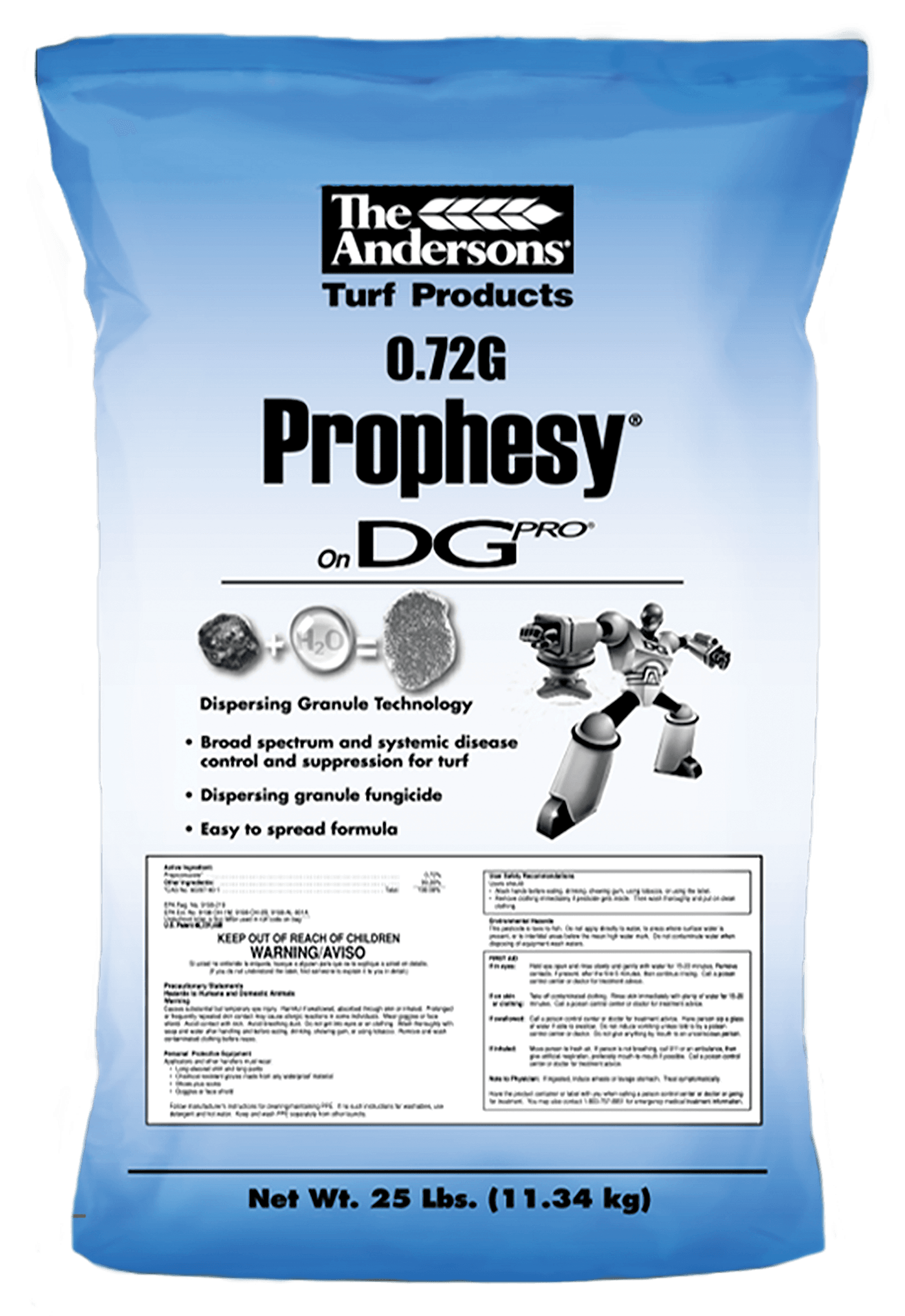Disease can ruin the efforts of even the most experienced in lawn care. Incorporating disease prevention in your lawn care program is certainly the way to go, however, it can seem a bit daunting if you’re not familiar with how pathogens works.
Let’s start with the elements that are necessary for disease to occur. For disease to occur, you must first have a susceptible plant host. In this case, turfgrass. Next, you must have the environmental conditions that favor disease development. Finally, if the pathogen is present, you have all three elements of the disease triangle. This creates the conditions favoring development. Removing just one of these three elements can eliminate the possibility for the disease to occur.
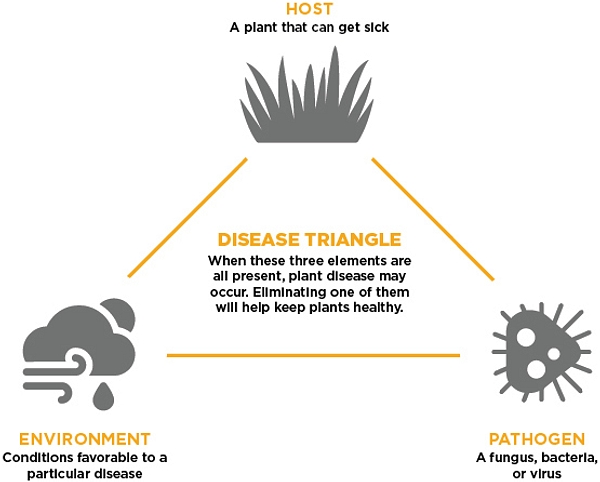
One of the most prevalent summer turfgrass diseases that impacts cool-season tall fescue lawns is Rhizoctonia solani, more commonly known as brown patch. Here is a quick checklist of items that can help you determine if your lawn may be susceptible to damage from brown patch.
1. Identify
your grass type
Brown patch pathogen favors tall fescue as a host but can also be seen on other
cool-season turf species such as perennial ryegrass and creeping bentgrass.
2. Monitor
and identify environmental conditions
Brown patch is considered a hot-weather disease, with development typically
occurring during the summer months. Nighttime temperatures above 80 degrees
coupled with leaf wetness periods of 10 hours or greater are ideal for brown
patch development. To prevent extended leaf wetness periods, irrigation
should only be run at night, preferably between midnight and 5am.
3. Identify
symptoms and signs
The pictures below illustrate the stages of brown patch development, from the
fungus causing the disease to an infected lawn.
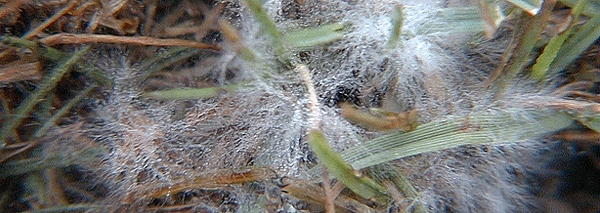
In the above picture, mycelium (white thread-like structure) is the sign of the fungus that causes brown patch.

Pictured above is a turfgrass leaf blade with a brown patch lesion present. The irregular shape of the patch, along with the tan margin, help in disease identification.
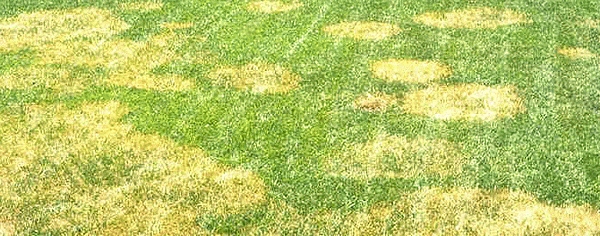
Pictured above is a lawn infected with brown patch. The disease typically shows up as a circular patch, but can also have less defined margins, as seen in the front of the photograph.
How to Prevent/Treat Brown Patch
A preventative program, as opposed to a curative program, is always more effective and economic in keeping brown patch at bay. Whether you take the preventative approach, or you are forced into a curative scenario, you’ll need the right product for the job.
Prophesy® Granular Fungicide provides multi-week residual control for a wide variety of pathogens, making it an ideal pillar for any summer disease program. Typical application rates for brown patch control are 2.5 lbs. per 1,000 sq. ft. applied every 14-21 days. The patented dispersible granular carrier allows for the active ingredient, propiconazole, to quickly go to work on mitigating disease progression.
If disease is already a problem, consider using the maximum application rate with the shortest application interval. By contrast, if you do not have disease present, but you're looking to start a preventative program, use the lower application rate with similar application intervals.
